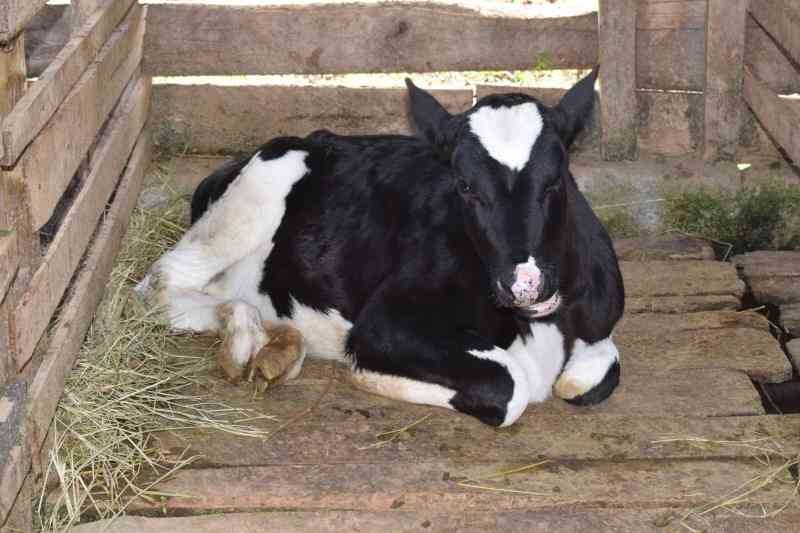
Medical researchers have blamed ‘toxic love triangles’ for rising violence among young women in Kenya.
Many of these multi-legged sex relationships, a new study in Nairobi and Western Kenya, has confirmed are thriving concurrently with most unhealthy for women.
These liaisons, researchers say have exposed girls and young women to disproportionate violence, HIV, unwanted pregnancies and risky abortions. The scientific study published last week by Kenya Medical Research Institute, Africa Population and Health Research Centre and others confirm these high risk sex relations to be thriving.
The study though unrelated, comes out at a time Kenyans are confounded by recent violent murders involving young women.
Titled: ‘Who are the male sexual partners of adolescent girls and young women?’ the study unmasks a complex web of sexual liaisons involving students, young women, spouses, prostitutes, older males to kept men. The liaisons, many of them running concurrently involve sex for elaborate gifts and favours especially for young women.
Casual relationships, the study, suggests are largely greased with money. The study also exposes a small but significant number of men who may be living off women. “About 10 per cent of the women in the study reported giving money to their regular partners.” The study involved more than 10,000 young men and women aged 15 to 24 from Gem, Siaya and Nairobi representing rural and urban Kenya.
The study led by Dr Aoife M Doyle of London School of Hygiene and Tropical Medicine, UK, also involved about 4,000 similar participants from South Africa.
About half of the women aged 20 to 24 or 60 per cent in Gem and 46 per cent in Nairobi were married or living as married. Most of these women reported having been faithful to their partners in the last 12 months. However, a significant number especially in Nairobi, 16 per cent, reported having three or more sexual partners.
Male partners
“Among women who reported multiple partnerships in the past year, a third had the relationships running concurrently.” These women also reported knowing that at least one of their male partners was concurrently running another woman. The women also knew their mate had acquired a new partner in the last 12 months.
On the other hand, the men reported running similar if not more populated triangles.
“One in 10 men reported having three or more sex partners in the last 12 months,” says the study appearing in the journal PloS ONE on September 28.
Men aged over 35 were likely to be concurrently running a spouse, a regular(s) and casual partners, details the study.
Notably, many of the men and women at all ages reported knowledge that their various partners had other sex companions.
Stay informed. Subscribe to our newsletter
This may be an indication such networks are gaining social acceptance in Kenya.
In both rural and urban Kenya, the study shows one marrying their ‘first love’ is like a song in the wind. But even while most adolescents aged 15 to 19 paired with their age mates, mostly students, a significant number of girls reported multiple concurrent partners. Six per cent of these girls were HIV positive.
While the study was not directly related to recent high profile murders, it gave researchers a clearer picture why young women are at greatest risk of violence and HIV infections.
Almost half of new HIV infections are affecting the youth, says Dr Nduku Kilonzo, head National Aids Control Council. This proportion went up from 29 per cent in 2014 to 46 per cent in 2016
About 30 per cent of these infections, the council says are among women aged 15 to 24 translating to 97 new infections daily. In a candid report published in the same journal by the Population Council last month, 19 per cent of 1,778 women aged 15 to 24 reported experiencing violence from their partners in the last one year.
“The reported occurrence of sexual violence from non-partners in the last 12 months was also high, at 21 per cent in Kenya,” says study conducted in Kisumu. Women who reported sexual violence were at higher risk of experiencing symptoms of sexually transmitted disease including HIV and showed higher levels of anxiety and depression.
The National Gender and Equality Commission shows among both gender women aged 15 to 29 are at the higher risk of violence from their partners followed by those aged 30 to 44. A 2016 report by the commission showed violence against women to drop dramatically at age 60 at a time it becomes highest among males in Kenya.
- www.rocketscience.co.ke
 The Standard Group Plc is a
multi-media organization with investments in media platforms spanning newspaper
print operations, television, radio broadcasting, digital and online services. The
Standard Group is recognized as a leading multi-media house in Kenya with a key
influence in matters of national and international interest.
The Standard Group Plc is a
multi-media organization with investments in media platforms spanning newspaper
print operations, television, radio broadcasting, digital and online services. The
Standard Group is recognized as a leading multi-media house in Kenya with a key
influence in matters of national and international interest.
 The Standard Group Plc is a
multi-media organization with investments in media platforms spanning newspaper
print operations, television, radio broadcasting, digital and online services. The
Standard Group is recognized as a leading multi-media house in Kenya with a key
influence in matters of national and international interest.
The Standard Group Plc is a
multi-media organization with investments in media platforms spanning newspaper
print operations, television, radio broadcasting, digital and online services. The
Standard Group is recognized as a leading multi-media house in Kenya with a key
influence in matters of national and international interest.









